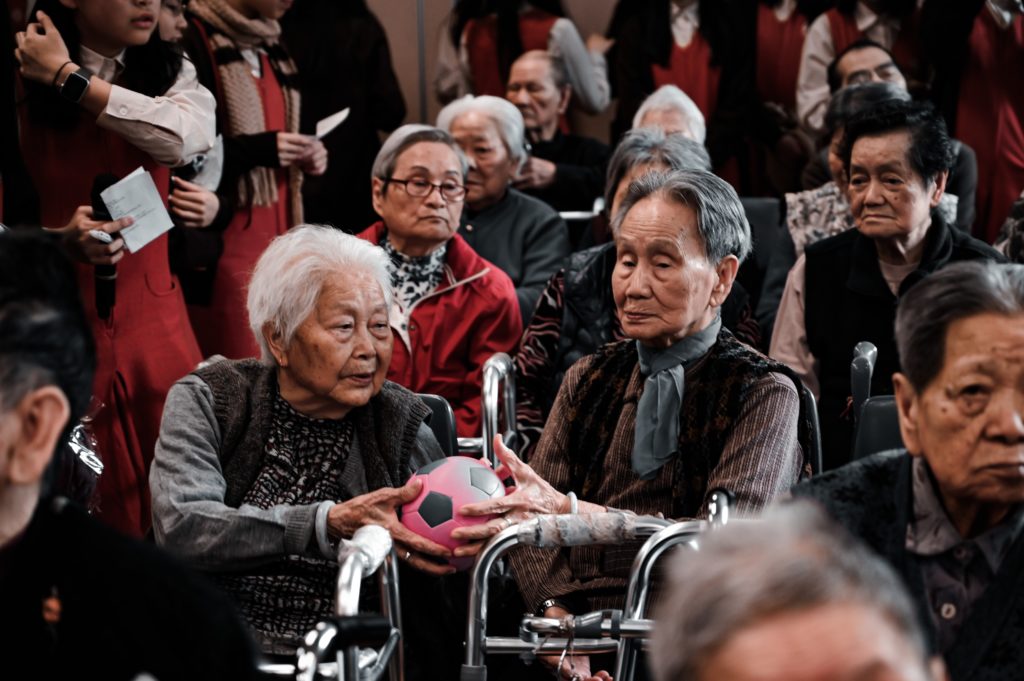Military service officers need adequate financial plans to provide for their families, pay bills or debts, and live happily. These financial plans also help early retirees who may not stay up to 20 years in the service to receive payments that can help them; the blended retirement system is the newest of such systems. Let us see about Blended Retirement System BRS.

Blended Retirement System BRS
The blended retirement system, BRS, combines the 20-year retirement benefits with the traditional thrift savings plans to improve the financial benefits of retiring military personnel.
About 80% of service members do not stay till the completion of 20 years; the former retirement plan had no benefits for such people except the thrift saving plan. However, this new system gives members payment they can easily use to move to civilian jobs.
Features of the Blended Retirement System
The BRS works similarly to the old plan; it takes the average of your highest three years of base pay and multiplies it by 2% and your years of service, as opposed to the 2.5% of the old plan. Here are some key features of the BRS:
5% Matching Contribution:
If you contribute at least 5% of your pay rates to the TSP(thrift savings plan), you are eligible for a maximum of 5% contribution from the government. Even if you leave the military after your first term, you can keep the money in your TSP.
You will get 1% after your first 60 days in the military and 3% of your base pay in your TSP. After two years in the military, you will get an additional 4% contribution, which makes it 5%.
Contribution of Life cycle Funds:
The matching contribution you receive will automatically get added to your lifecycle fund of your retirement plan. The BRS is more diversified compared to former TSP funds. It allows military personnel to earn more compound interest at less risk.
Continuation Pay:
The new blended retirement system pays you “continuation pay” after 12 years of active duty if you agree to serve an extra four. It is a retention tool to inspire more career-designated service members to reenlist. Here’s how to receive your continuation pay:
- Fill out a statement of understanding form to acknowledge whether you are interested in the terms or not.
- Forms are different for each branch of service, so it is essential to read through them carefully.
- Sign in and give an officer in charge to sign it as well.
- Submit the form at your Manpower affairs or Administration Center
- Then, it will be registered in your personal records.
NOTE: You can divide your payment between your TSP and bank account. However, if you don’t reenlist for a full four years, you transfer to another service or exit the military; then, you’ll have to pay back a corresponding percentage of your continuation pay bonus.
The Lump Sum Option:
Veterans in the old retirement system received payments immediately after retirement and continued to receive payments until they passed. While this pension payment scheme is good, the BRS allows you to receive a large sum at the beginning of your retirement instead of receiving monthly checks. Here’s how it works:
- Eligible service members covered with BRS who are qualified to retire can choose to receive a 25 or 50% discounted portion of their monthly retired payment. You get 40% of your base pay after 20 years of service,
- This payment is in exchange for reduced monthly retirement pay. So, you can decide to receive a certain percentage of your payments as a one-time amount.
- Monthly payment will return to the full amount when service members reach their social security retirement age, which is commonly 67 years.
- So, you could decide to receive a lump sum and then earn reduced monthly payments for the remaining years till you turn 67.
- Discounted rates help to account for future living expenses and inflation. So, the government charges a percentage from the lump sum to account for the future.
- You can choose between receiving one lump sum or equal annual payments for up to 4 years.
- Lump sums are discounted to present value based on annual discount rates published yearly. You can match the current rates if you invest this money at an interest rate equal to the discount rate.
NOTE: If you want to receive a lump sum, you have to inform your staffing office at least 90 days before your retirement date. However, many people do not apply for lump sums except to settle debts or invest in high-yield sources. a
Conclusion
The Blended retirement system has a lot of benefits. It considers all service members and allows the opportunity to make more money on retirement. It combines the best of two retirement plans and is the right step by the government.
FAQ
Can I go back to the old retirement plan?
New recruits cannot go back to the old plan. However, more senior service members who used the old plan can decide to move to the new one or remain with the old one.
What is the point of the BRS?
The Blended retirement system was introduced to give all service members more retirement benefits than they got from the old system.

